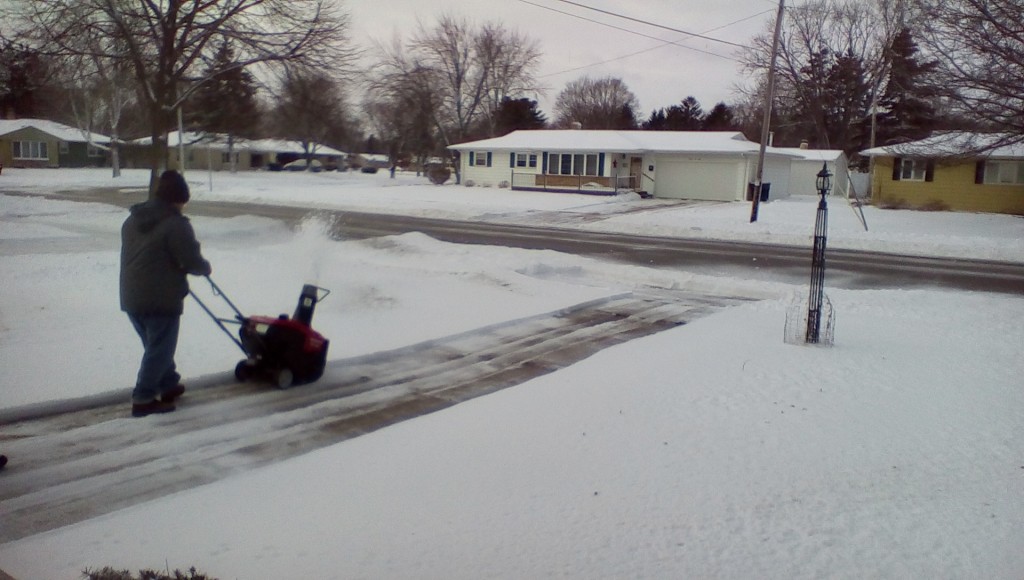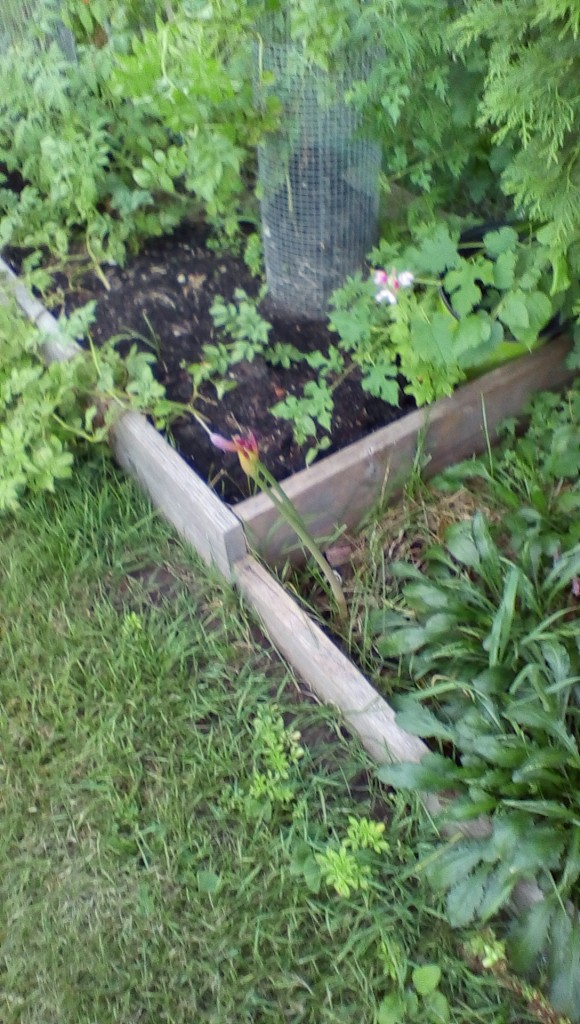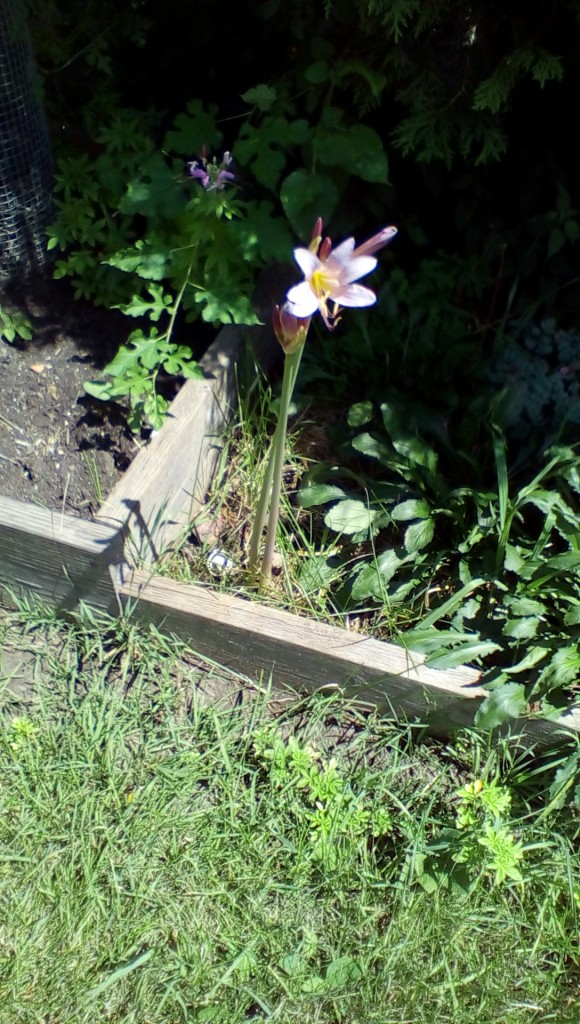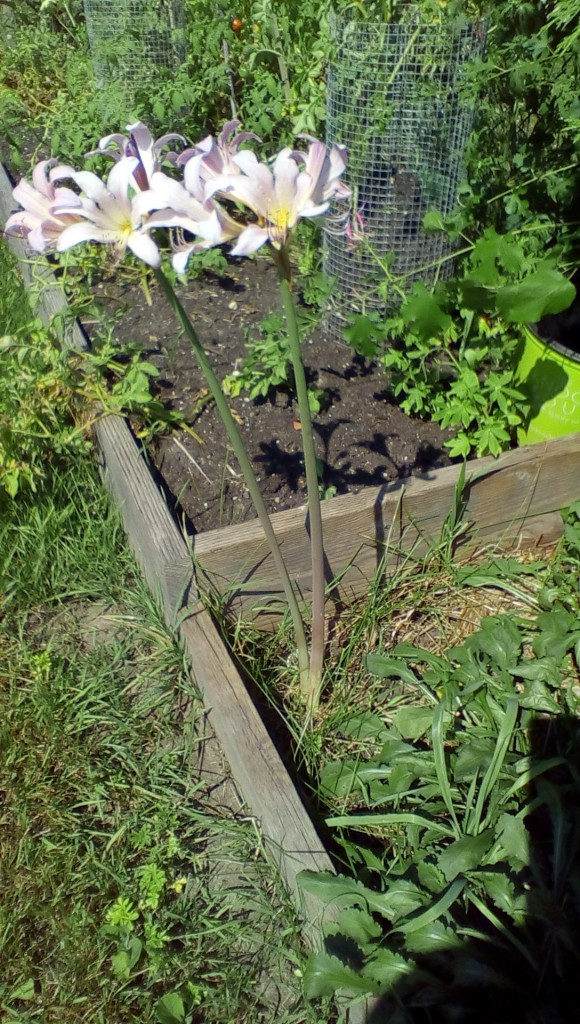
An Amish Pieced & Quilted Cotton Coverlet, Indiana or Ohio, Circa 1910
When I was in college, I bought an old sofa for my dorm room for $10. It was so ugly, it needed a covering, so I took fabric scraps left over from clothes I’d made and pieced a quilt to throw over it. After that, I was hooked on quilting.
At that time, quilting was mostly something you did with scraps. But it soon blossomed into a huge industry, with fabrics designed specifically for quilters and an explosion of shops to promote those fabrics. Since then, most quilts begin when the quilter purposely buys fabric to make a quilt. You can easily spend a few hundred dollars doing so.
But that’s the pricey way to make a quilt. Making a quilt from scraps is still an inexpensive way to have fun while making something useful. This is what our foremothers did during the Great Depression, when money was tight and re-using things was the wisest thing you could do.
For homeschoolers, learning about quilting is a way to study both history and math. The math part is best learned by doing: calculating the size of the blocks of your quilt and the most efficient way to cut each piece of fabric can challenge the math skills of adults, much less kids. Even if you use a pattern, there will be some calculations involved.
And who knew there were quilt math books for kids? Wish they’d been around when my kids were younger!
Studying the historical aspects of quilting can be a lot of fun. Quilting is an integral part of American history. The different patterns and fabrics used help researchers determine the age of an antique quilt, and quilt historians are almost like detectives as they research the background of a given quilt.
The patterns used to make quilts are a major clue to their histories. Long before there were quilt magazines, patterns were passed between quilters of a given time period. Here’s a link to many patterns popular in recent American history.
The fabrics used over time have very distinctive looks. Today, textile companies reproduce such fabrics for quilters who want to make new quilts that look historically accurate for a given time period. Looking at such fabrics give you an idea of what kind of fabrics people used for clothing in that time period. Here’s one site with a group of links for fabrics of different time periods.
The 1930s were particularly good years for quilts because the financial difficulties of the times forced people to be very creative with the materials on hand. As a result, many quilters created incredible quilts. The World’s Fair of 1933 included a quilt contest sponsored by Sears. It received thousands of entries. See some of the best of these quilts here (scroll to the very bottom of the page and click on thumbnails.
There was a resurgence of quilting in the mid-1970s as the U.S. Bicentennial approached. Bicentennial quilts became all the rage. Since then, quilting has remained quite popular.
One of the best ways to learn about history through quilts is to visit a museum that displays them. Many history museums do show a few quilts along with other artifacts, but to see a wide variety of them, you need to go to a quilt museum. Perhaps the best-known in the country is the Museum of the American Quilter’s Society in Paducah, Kentucky.
You can also “tour” quilt museums while online. Here’s a page of links to such museums. While there’s nothing like seeing a quilt in person, this is the next best thing to being there.
Ready to make a quilt with your kids as a homeschooling project? If you already know how to sew, you’ll find it to be quite easy. Quilts can be hand-sewn, machine-sewn, or made with a mix of both techniques.
There are great how-to-quilt books at your local library. You can also find a friend who can teach you or take a class at a local quilt shop. You can also learn from online tutorials. You’ll find many web pages with basic quilting information like this one. Also, here’s the first of a thirteen-part series by expertvillage on how to make a baby quilt as a first quilting project.
It’s fun to quilt with your children, and who knows? It could become a lifelong hobby for you and for them.
(Originally posted 2/9/09.)
 So when you first give birth to a baby with Down syndrome, and it’s a shock because you didn’t know about his spare chromosome ahead of time, all sorts of crazy thoughts and fears go through your head. All you can think of are the things he won’t be able to do.
So when you first give birth to a baby with Down syndrome, and it’s a shock because you didn’t know about his spare chromosome ahead of time, all sorts of crazy thoughts and fears go through your head. All you can think of are the things he won’t be able to do.



